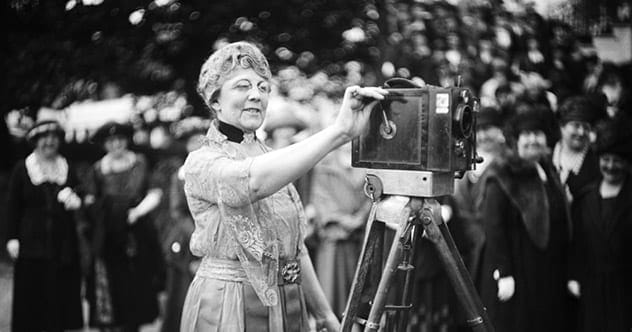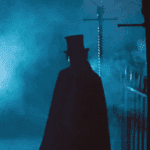The role of the First Lady is a unique position. Each woman who has occupied the unofficial office has made significant contributions, from hosting guests to tackling social issues. But there may be some strange facts you haven’t heard about some of America’s most prominent women. Let’s dive into some surprising stories of America’s First Ladies!
Dolley Madison Had An Honorary Seat In Congress
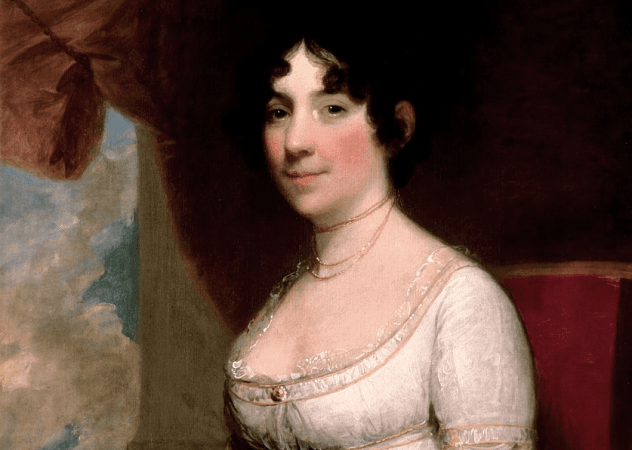
Dolley Madison helped define the role of First Lady, hosting guests and addressing social problems. She campaigned for her husband, hosted events with President Thomas Jefferson, raised funds for Lewis and Clark, and famously saved the portrait of George Washington from the White House when the British burned D.C. in the War of 1812. She was even the first citizen to send a message by telegraph.
In 1844, before women were allowed to vote, Dolley Madison had a seat on the floor of the House of Representatives. This allowed her to listen to the elected officials debate policy. Today, only Members of Congress, their staff, former members, and the President and Vice President are allowed on the House floor. Congress also supported her after her husband died in 1836, paying her to publish James Madison’s papers. When she fell into poverty, Congress paid her the equivalent of over $700,000 to buy more of the papers from her. When President Zachary Taylor gave her eulogy, he referred to her as America’s “First Lady.”
Lou Hoover Patrolled Her Home In China During The Boxer Rebellion
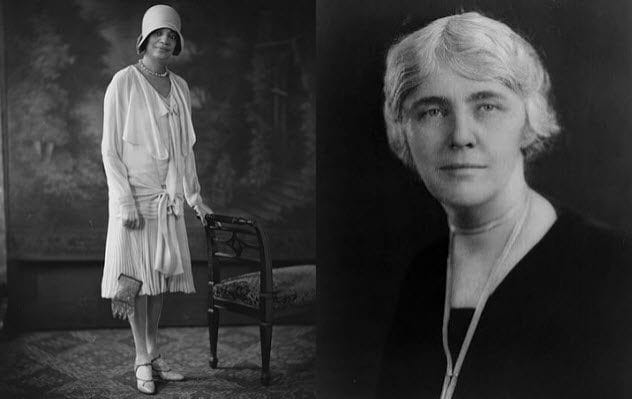
Lou Hoover was a horse-riding, roller-skating, architecture and nature buff fluent in five languages. She married Herbert Hoover in 1899, and the newlyweds went to China. Mrs. Hoover quickly learned Chinese, a language the couple would use to communicate privately in front of guests at the White House. Then in 1900, the Boxer Rebellion began, during which many Chinese violently attacked foreigners because of tensions over increasing Western influence.
Mrs. Hoover treated gunshot wounds, built barricades, and patrolled the area with Western troops on her bicycle with a pistol. During World War I, while her family was in London, she organized aid for the displaced and became a champion for Belgium. Later in life, she helped with the founding of the Girl Scouts. During the Great Depression, she made regular radio broadcasts to the American people, showcasing her humanitarian spirit.
Mary Todd Lincoln Held Seances In The White House
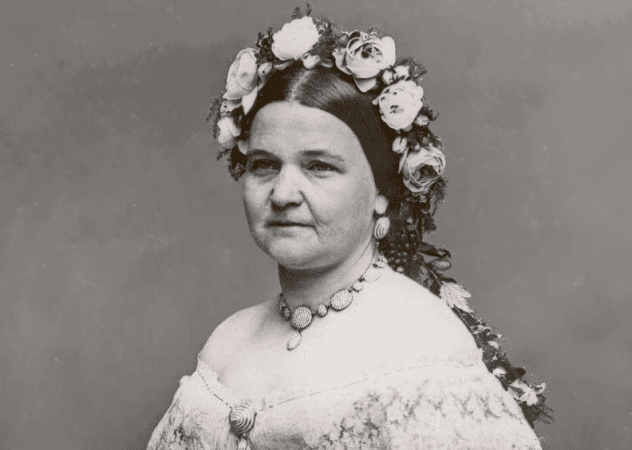
In the aftermath of the Civil War, many families were desperate to connect with the Great Beyond, leading to a boom in “spiritualism.” Mary Todd Lincoln had lost her mother, three of her children, and her husband. Her son Willie’s death in 1862 deeply affected her and President Lincoln, sending them into mourning.
Mrs. Lincoln began visiting mediums to try and reach Willie and hosted seances in the Red Room of the White House, with President Lincoln in attendance. She found comfort in these sessions. Mrs. Lincoln even visited a spiritual photographer who took a photo showing the ghostly silhouette of the late president standing over her. Rumors persist that the ghosts of Willie, his brother Eddie, and their father still haunt the White House.
Lucretia Garfield Nursed Her Husband Back to Health After An Assassination Attempt

The love story of Lucretia and James Garfield had its challenges. He wrote in his diaries that she bored him, and she distrusted his motives for marrying her. But hardship would bring them closer together.
In 1881, Mrs. Garfield was struck with severe malaria and almost died. President Garfield took over childcare and education of their children. When she recovered slightly, she traveled to the Jersey shore to heal. However, an attempted assassin, Charles Guiteau, planned to kill the President. Guiteau shot James Garfield on July 2nd, and Mrs. Garfield rushed back to Washington to care for him. The country admired her bravery, and she remained by his side until he died in September. After his passing, Mrs. Garfield ensured that his female doctor received equal pay to his male doctor.
Florence Harding was Accused of Murder
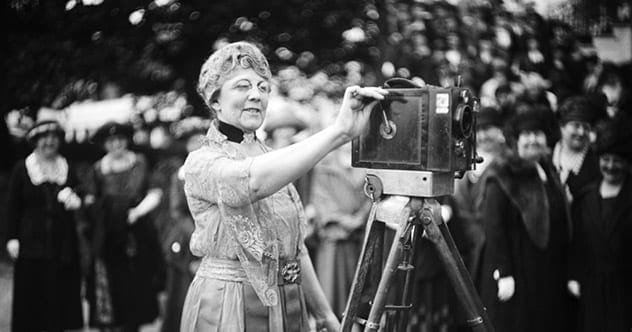
President Warren Harding’s death shocked the nation. He was only 58 years old and seemingly healthy. His wife, Florence, had always supported his career. But during a speaking tour, President Harding became extremely tired and confused, passing out several times. He died at a hotel in San Francisco while his wife was reading to him.
Doctors initially believed he may have been poisoned, then diagnosed severe pneumonia, and eventually ruled it as a stroke. However, Mrs. Harding acted suspiciously, embalming him immediately, refusing an autopsy, and destroying his papers. Gaston Means accused her of murdering Harding to protect his legacy. While the book was later revealed to be fabricated, it is now believed that the President died of a heart attack.
Eleanor Roosevelt Forced Newspapers to Hire Female Reporters (And May Have Had An Affair With One)
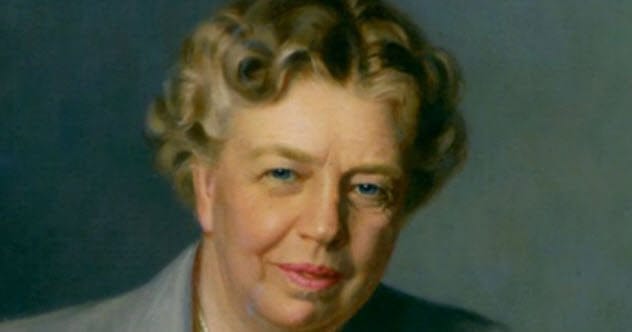
Eleanor Roosevelt is one of the country’s most famous First Ladies, and a women’s rights icon. She insisted that only female reporters would be allowed at her press conferences, ensuring that newspapers hired women on staff. Over her husband’s twelve-year term, she hosted 348 conferences, discussing household and deeper political issues, and bringing in special guests.
One of the female journalists, Lorena Hickok, may have been more than just a colleague to the First Lady. Hickok moved into the White House next door to Mrs. Roosevelt, and the two exchanged thousands of letters. Quotes from their letters suggest a deep affection. The women remained close their entire lives.
Elizabeth Monroe Saved Lafeyette’s Wife From Execution
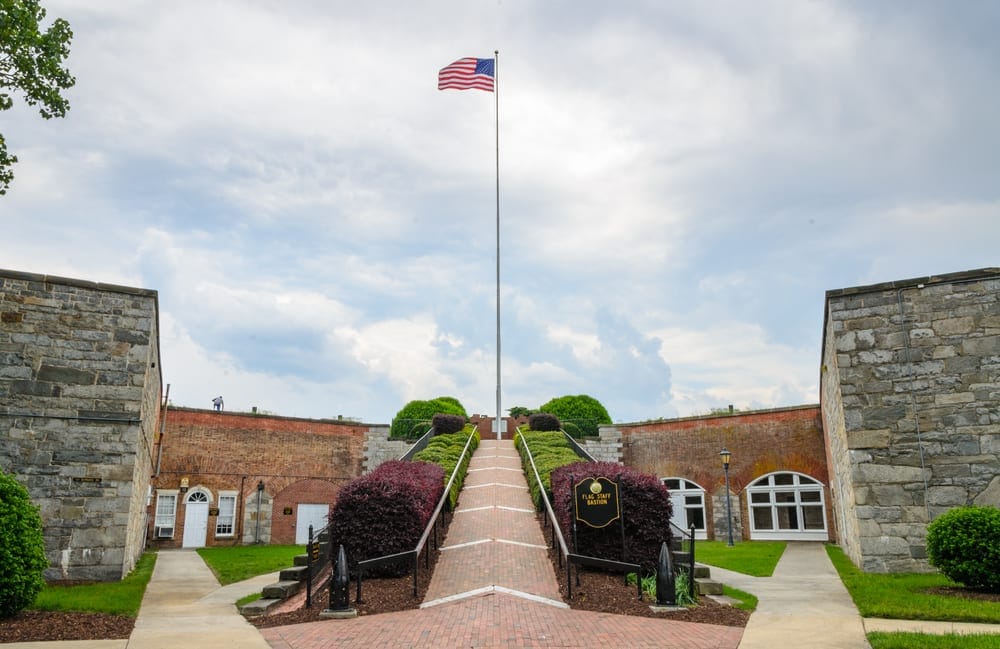
Elizabeth Monroe married future President James Monroe in 1786. In 1794, President Washington sent them to Paris, where James was appointed U.S. Minister to France. Mrs. Monroe embraced European fashion and became known as la belle Americaine. The Monroes helped build social networks for their young country in European circles.
Marquis de Lafayette was an American hero. During the French Revolution, Lafayette’s wife, Adrienne, was held in prison awaiting execution. Mrs. Monroe insisted on visiting her in prison, making it clear that the Americans would not be pleased if any harm came to her. After this visit, Adrienne was released.
Edith Bolling Wilson Ran The Country and Was Descended From Pocahontas

Edith Wilson was the great-great-great-great-great-great-great-granddaughter of Pocahontas. After widow Edith married widower Woodrow Wilson in 1915, this fact was an interesting conversation starter at events.
After President Wilson had a stroke in 1919, Edith unofficially ran the country, assuring everyone he simply needed rest. She reviewed any memos or papers, fired the Secretary of State who held a cabinet meeting without the president, and even sent the British ambassador packing. She carried on like this for seventeen months, although publicly she insisted she never made any presidential decisions.
Anna Harrison’s Packed Bags Never Made It
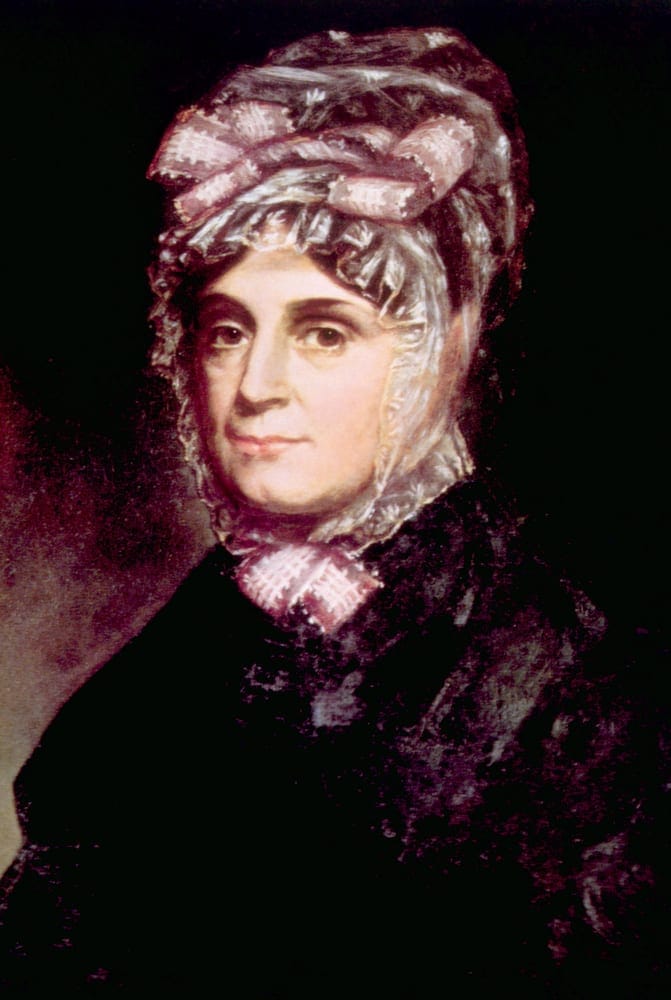
When young Anna Symmes met soldier William Henry Harrison, there was an instant connection. The two married secretly in 1795 and had ten children. In 1840, William won the presidency, but Anna had to stay home to recover from an illness. Their daughter-in-law, Jane Harrison, temporarily took on the First Lady duties until Mrs. Harrison was ready to travel.
However, before Anna had even finished packing her bags, she received devastating news. In April 1841, President Harrison died after a single month in office from pneumonia. Congress offered Mrs. Harrison a pension equivalent to the president’s salary, and she lived until the age of 88. President Harrison was the first U.S. President to die in office and the one with the briefest term.
Mary Arthur McElroy was an Anti-Suffragette
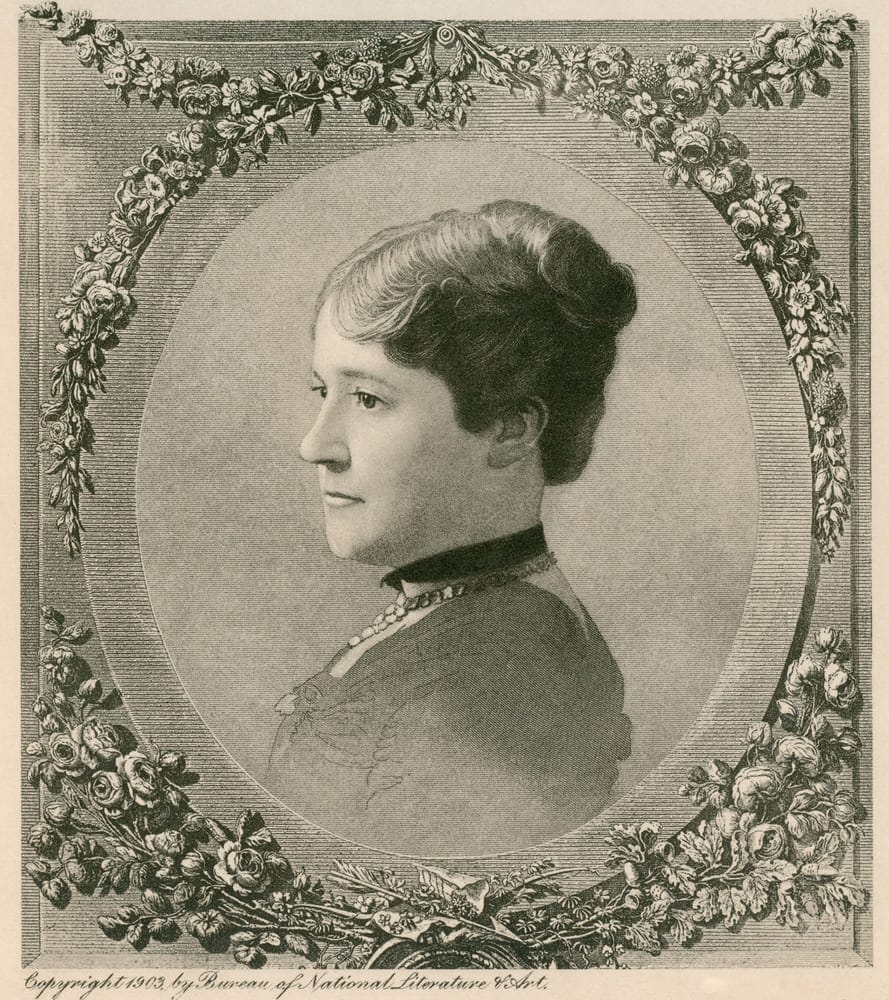
Chester Arthur went into his sudden presidency after the assassination of President Garfield as a widower. The president’s younger sister, Mary Arthur McElroy, acted as the official hostess, and was well-liked during her events.
However, Mrs. McElroy was a member of the Albany Association Opposed to Women’s Suffrage. The group believed that a woman can always do her best work at home. The anti-suffrage movement ended in 1920 when the 19th amendment was passed, giving American women the right to vote.


